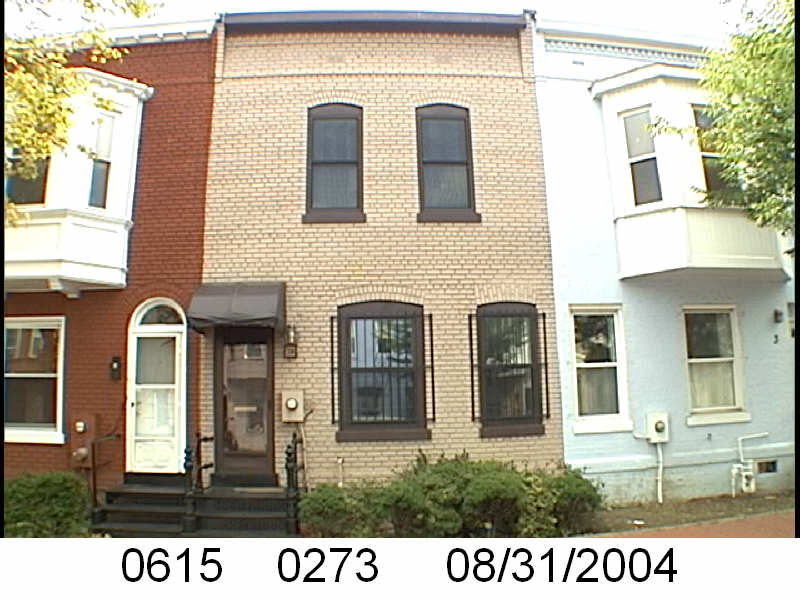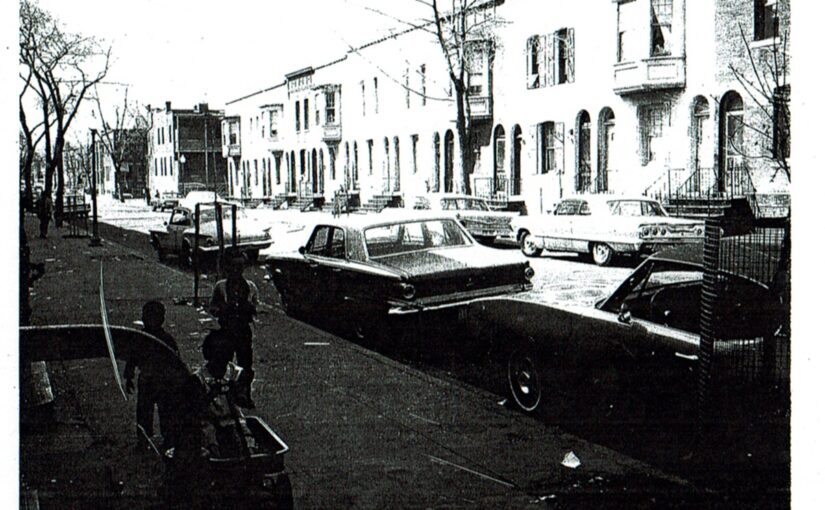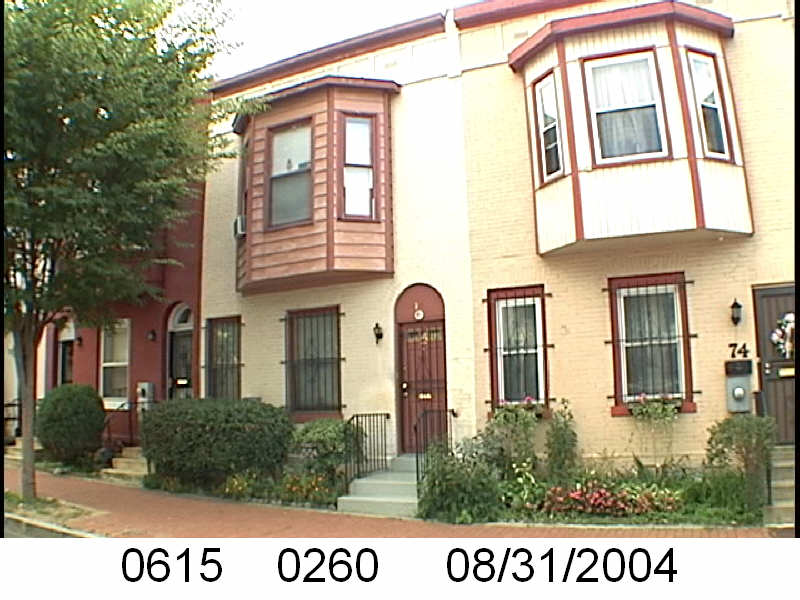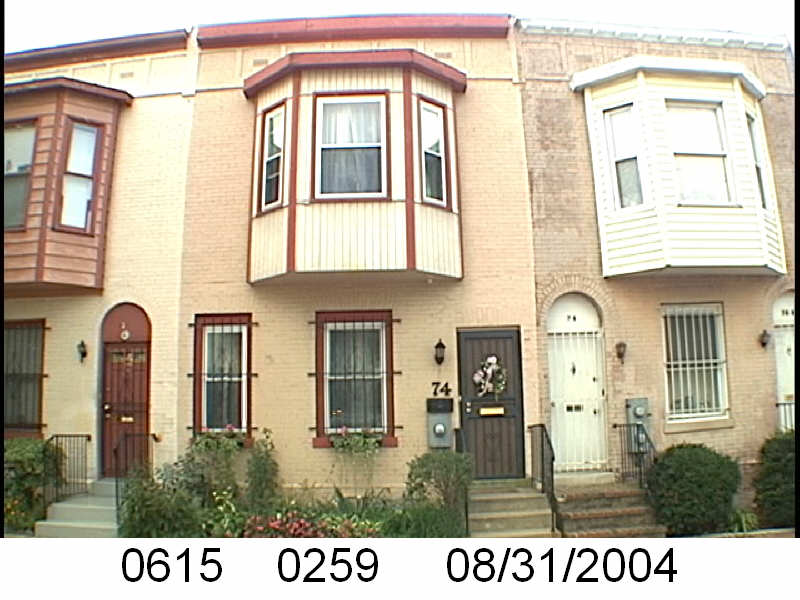In lieu of a February Black History post, WSIC continues, because it is Black History.
The Washington Sanitary Improvement Company (WSIC) was a late 19th century charitable capitalism experiment that ended in the 1950s. This blog started looking at the homes that were supposed to be sold to African American home buyers, after decades of mainly renting to white tenants.
Looking at WSIC properties they tend to have a pattern where the properties were sold to a three business partners, Nathaniel J. Taube, Nathan Levin and James B. Evans as the Colonial Investment Co. for $3 million dollars. Those partners sold to African American buyers. There was usually a foreclosure. In 1956 Nathan Levin died and Colonial Inv. Co. vice president Harry A. Badt took his place in the foreclosure paperwork. Then the property wound up in the hands of George Basiliko and or the DC Redevelopment Land Agency (RLA). Then there were the odd lucky ones who managed to avoid that fate.
Let’s see what happens with 28 Bates St NW:
- December 1950 (recorded Jan 18, 1951) Evans, Levin and Taube sold one-half of 28 Bates Street NW to Eva K. and John Bell Brown.
- December 1950 (recorded Jan 18, 1951) the Browns borrowed $3,125 from Colonial Investment Co. favorite trustees Abraham H. Levin and Robert G. Weightman.
- February 1951 Evans, Levin, and Taube sold the other half of 28 Bates St NW to Henry and Mildred R. Larker.
- Feb 1951 the Larkers borrowed $3,125 from trustees Abraham H. Levin and Robert G. Weightman.
- August 1953 the Larkers lost their half to foreclosure and the property returned to Evans, Levin and Taube through an auction.
- August 1953 (doc #1953035098) Evans, Levin and Taube resold the foreclosed half to Edward B. and Mercedes F. Bundy.
- August 1953 Mr. and Mrs. Bundy borrowed $3,556.19 from trustees A. Levin and Weightman.
- December 1965 the Browns were released from their mortgage.
- September 1967 the Bundys were released from their mortgage.
- February 1972 the Browns and the Bundys sold their halves to the DC Redevelopment Land Agency (RLA).
- June 1980 the DC RLA (doc #8000020294) transferred many properties, including 28 Bates, to the BSA Limited Partnership (Bates Street Associates). There is an associated contract (doc 8000020221, looks complete) stating BSA’s responsibilities.
There was only one foreclosure and that foreclosure was sold to a household that eventually paid off the mortgage. Both households paid off their mortgages and then sold it to the DC RLA.











